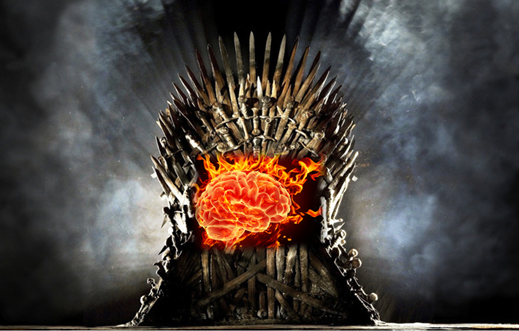The traditional advertising and marketing has evolved immensely in the past few decades. As a kid I still remember that the most influential advertisement I came across was a radio ad: “…sound of a soda bottle opening, following with the sound of liquids being spilled and swallowed. Then a voice saying: Coca Cola the taste of life… “. Although it was a very simple ad the timing or it was the key, it was always broadcasted on hot days at noon- it was so simple!
Soon after, traditional advertisement and marketing teams took it a step further – statistics. By measuring the preferred tastes, smells and colors, they were able to narrow down what will be the best look and feel of a product or brand, where it should be situated and maybe what smell should the selling point have while people roam about. All this is done using statistics on target study groups. However, this holds a relatively high statistical bias as most of the measured indications are completely subjective!
In the last 10 -15 years brain mapping and measurement tools such as MEG, EEG, and functional MRI became available. These new technologies may objectively measure attention and engagement. With the marketing use it became known as Neuromarketing!
There are strengths and weaknesses to any brain measurement. Time, spatial resolution, depth, and cost of the measurement are few of the features needed in brain mapping. As an example, EEG is a reliable tool for: the temporal resolution it allows, portability, and low cost of the devices. However in the case of EEG to reach a high spatial resolution one must use a large amount of electrodes (above 20). Another EEG limitation is the ability to only measure from superficial structures of the brain. In recent years several studies such as Berka et al. and Hamadicharef et al. suggest the right measurements for attention and engagement.

Others question the robustness of such measurement with relation to the marketing needs. Does engagement and attention translate into brand and advertisement memory? Does measuring activation of explicit memory in the hippocampus, entorhinal cortex, and perirhinal cortex really correlate with the memory of the brand being measured? Can this increase the conversion rate of prospects into clients in eCommerce sites? I think the coin is still in the air with regards to the context… but not for long.
Some NeuroMarketing companies combine eye tracking, galvanic skin response, EEG and even fMRI to measure excitement, fear, attention, and engagement as well as other emotions. Companies like NeuroSense, NeuroSight and, Exakti have gained vast experience using these technologies to provide significant value to marketers in many companies.

So what does that mean? We are entering an era where customer´s purchase behavior will be influenced by stimulating and affecting targeted areas in their brains, hacking their decision making algorithms unconsciously. Free will?! I wonder, who will develop the next Brain Norton or MacAfee to protect us from these attacks? What form will they take? Neurofeedback, Neurostimulation, Pharmacotherapy?

